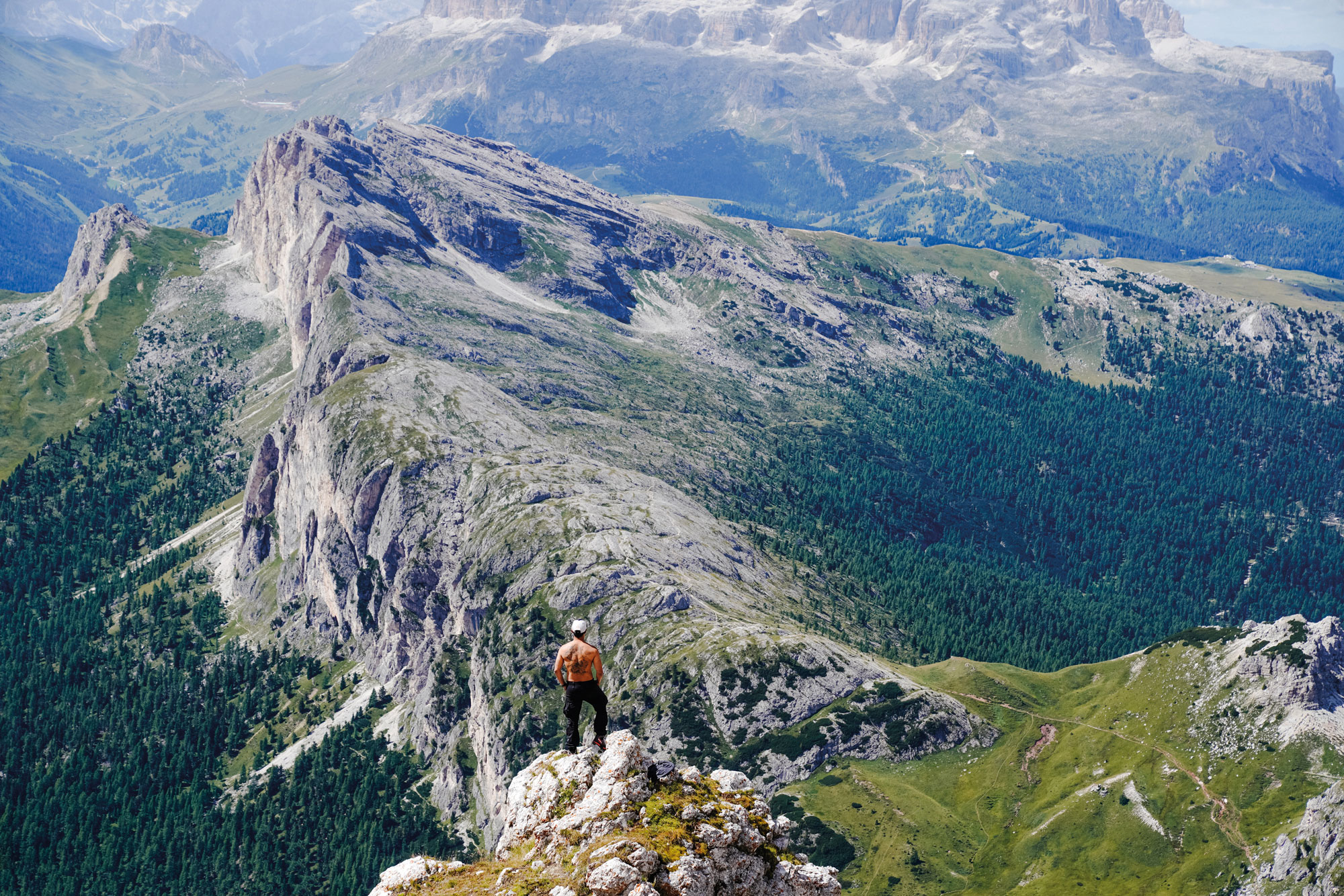By Denis Piccolo
ITW Nirmal Purja
With SCARPA
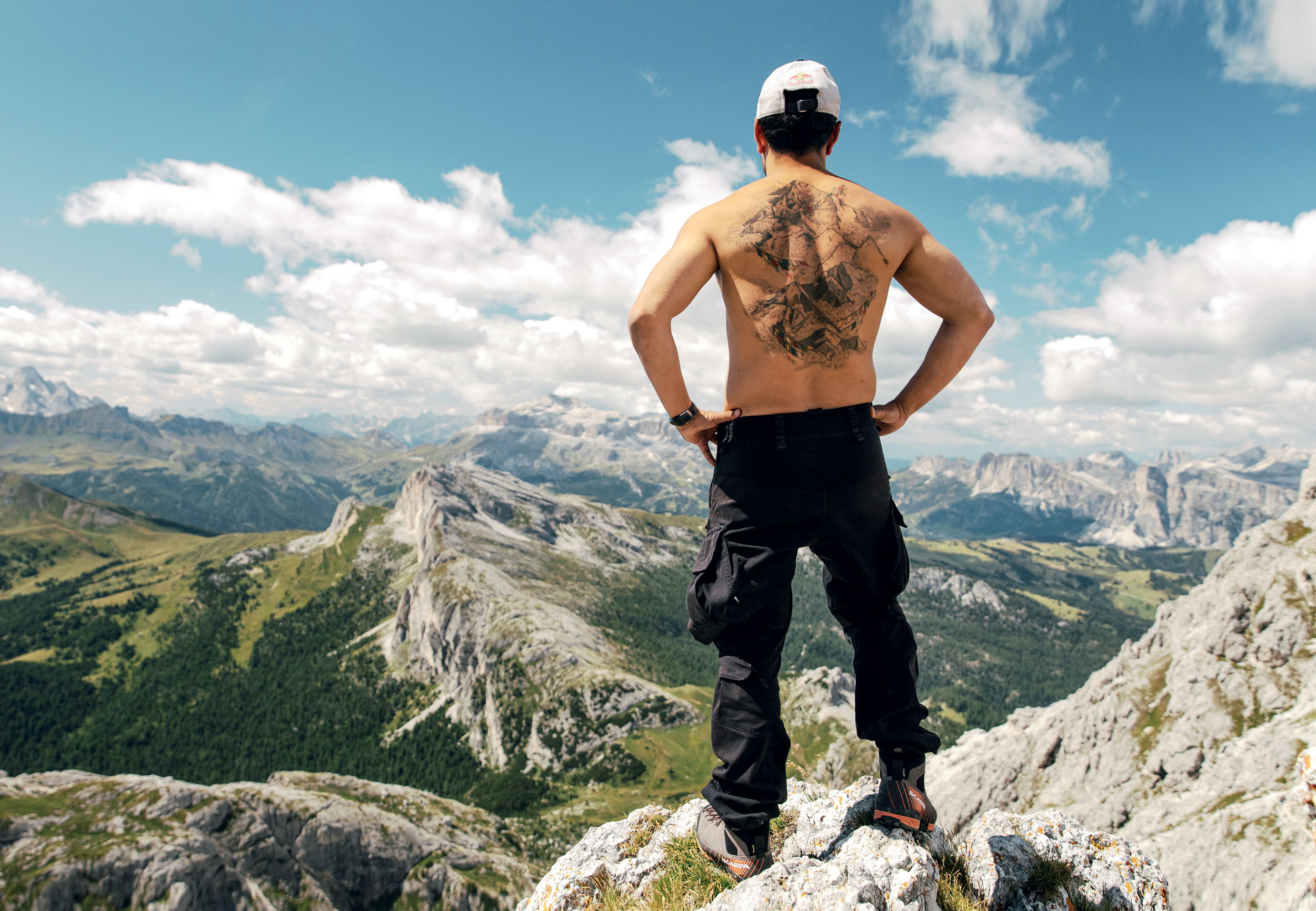
In Cortina with SCARPA and Nimsdai
We met in Cortina the nepalese alpinist Nirmal Purja, the first one in the world to climb all the fourteen 8000 metres peaks in just six months.
It is 4:57 pm in Pakistan on January 16th, 2021 when 10 Nepalese mountaineers hug each others at the top of K2, writing the last chapter of a forty-one year long story, the one of winter Himalayas. None of them reached the summit alone, but they waited for each other a few meters below the summit in order to continue all together towards the highest point. They took the last steps while singing the Nepalese national anthem. Leading the expedition that will remain written history was Nirmal Purja, known as Nimsdai. And we do know him very well, he even ended up on one of our cover a few months ago.
Nimsdai was born in the Myagdi region of Nepal and he then joined the Gurkha Brigade, an elite unit of the British Army. He was 30 years old when he began to approach the world of the mountains when, during a license, he ventured into a trek to the Everest base camp and from that moment on he decided to concentrate full time on high altitude mountaineering. In 2018 he devoted himself to a project called “Project Possible 14/7” that would led him to climb all 14 Eight-thousanders peaks in the world in 6 months and 6 days.
With him on K2 there was SCARPA who accompanied him on one of the highest summit the world with the Phantom 8000 HD boot. This high-performance, light and comfortable model was in fact designed specifically for high altitudes.
SCARPA’s claim “No place too far” perfectly expresses the spirit of the brand which also coincides with Nirmal’s and its desire to accomplish an adventure never achieved before. Precisely to celebrate this great success, SCARPA organized a two-day event in Cortina. Between a trip to Lagazuoi and some typical knödels, we had the opportunity to ask Nims a few questions. And, as expected, his answers were not at all obvious.
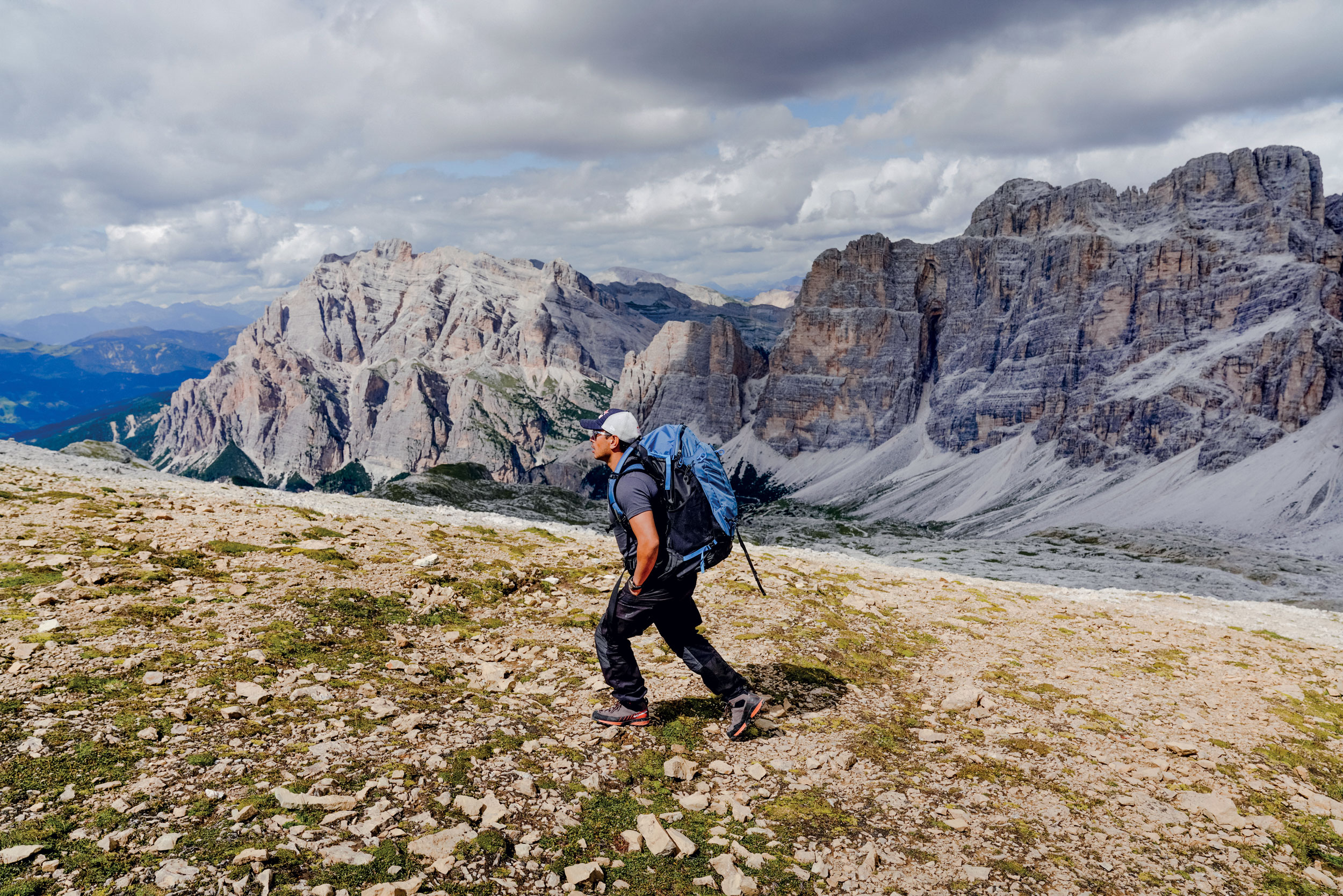
This is your first time in Cortina. Do you like?
I love Cortina, if anyone would like to offer me a job here I am available!
Let’s start with your last great adventure, the winter ascent of K2. What is the difference between climbing it in winter instead of summer?
It is just a completely different challenge. Temperatures are much lower, down to -65° C, which makes climbing on ice much more difficult because it make you burn a lot more energy. There is also less light. All these factors put together make it much more complicated.
What is the deep motivation that pushed you to pursue such challenges?
I strongly believe that having such a big dream is already a huge motivation. I had two reasons for climbing K2 in winter. The first was wanting to show the world what a team can achieve when they have a shared goal. The second was to make Nepal a protagonist of the history of the mountains. In fact, in Nepal we have various mountains more than 8000 meters high but no ascent had ever been made by Nepalese climbers. We wanted to show that it was possible.
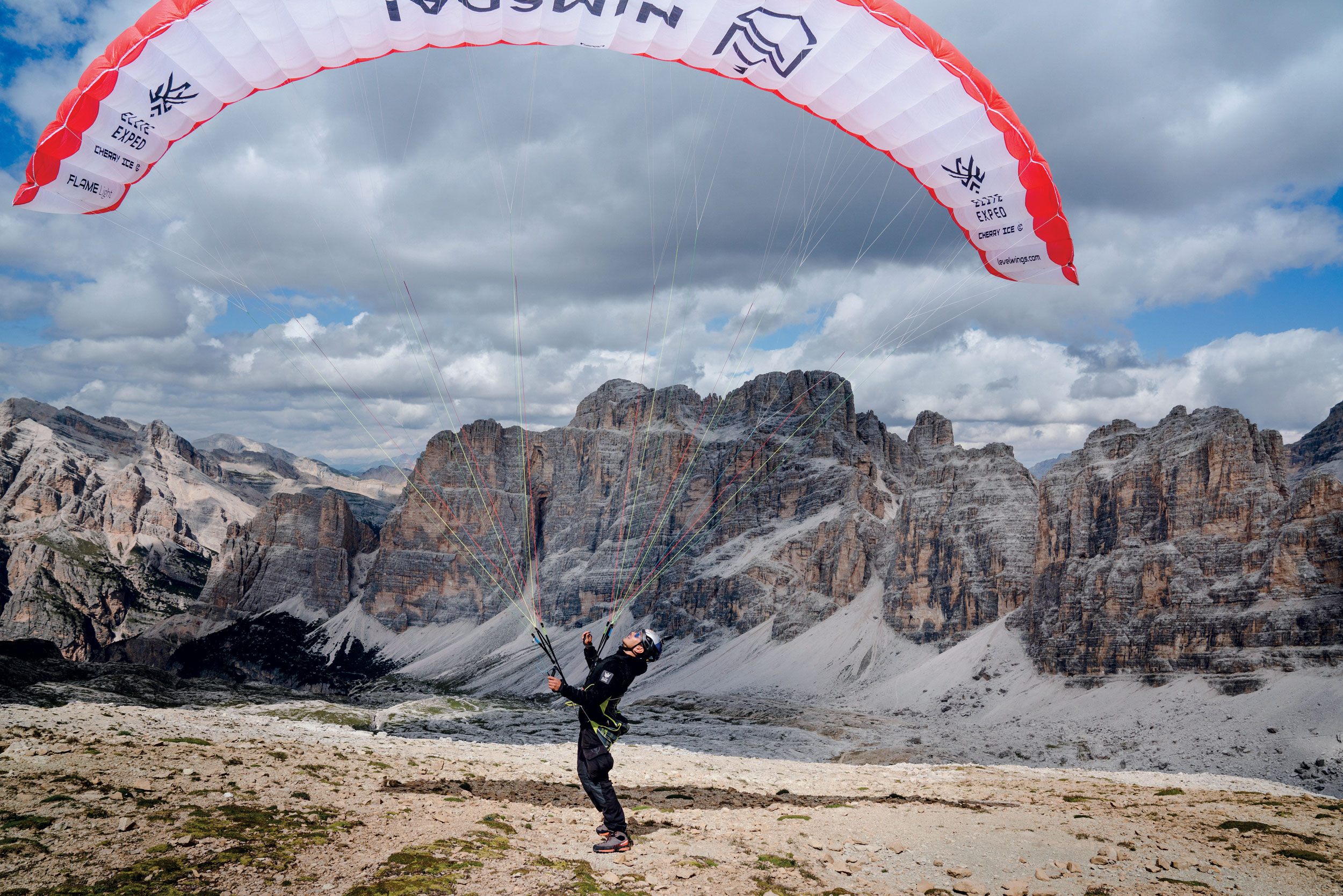

Let’s retrace your history. You were born in Nepal, but when did you first approach mountaineering?
I started practicing mountaineering when I was about 30, which shows how age shouldn’t be used as an excuse for not doing something. I had never been on a mountain before, I had never even climbed in a climbing gym. In 2017 I was serving in the Ghurkha Brigade, a unit of the British Army. Many said that Ghurkhas were unable to climb a mountain in their own territory and this challenge motivated me to become the leader of a team made up of Ghurkhas and Sherpas with the aim of climbing Everest. Although the conditions weren’t optimal, we made it and then we celebrated for six days! Later, we reached Lhotse and Makalu. After Makalu I was supposed to go back to work but the helicopter that was supposed to pick me up never arrived and so I decided to run down the mountain, once I arrived I was still feeling good. In that moment I realized that I could have done something even greater.
How do you keep a group unite and with the spirits up?
It’s very simple, you always have to put your team first, even before yourself. I also think it is essential to have a positive mental attitude. In all the most difficult projects, the mind matters much more than the body. To make an example, as a child I suffered from asthma but I always maintained a positive mental attitude and this changed my life and allowed me to join the special forces, and now here I am.
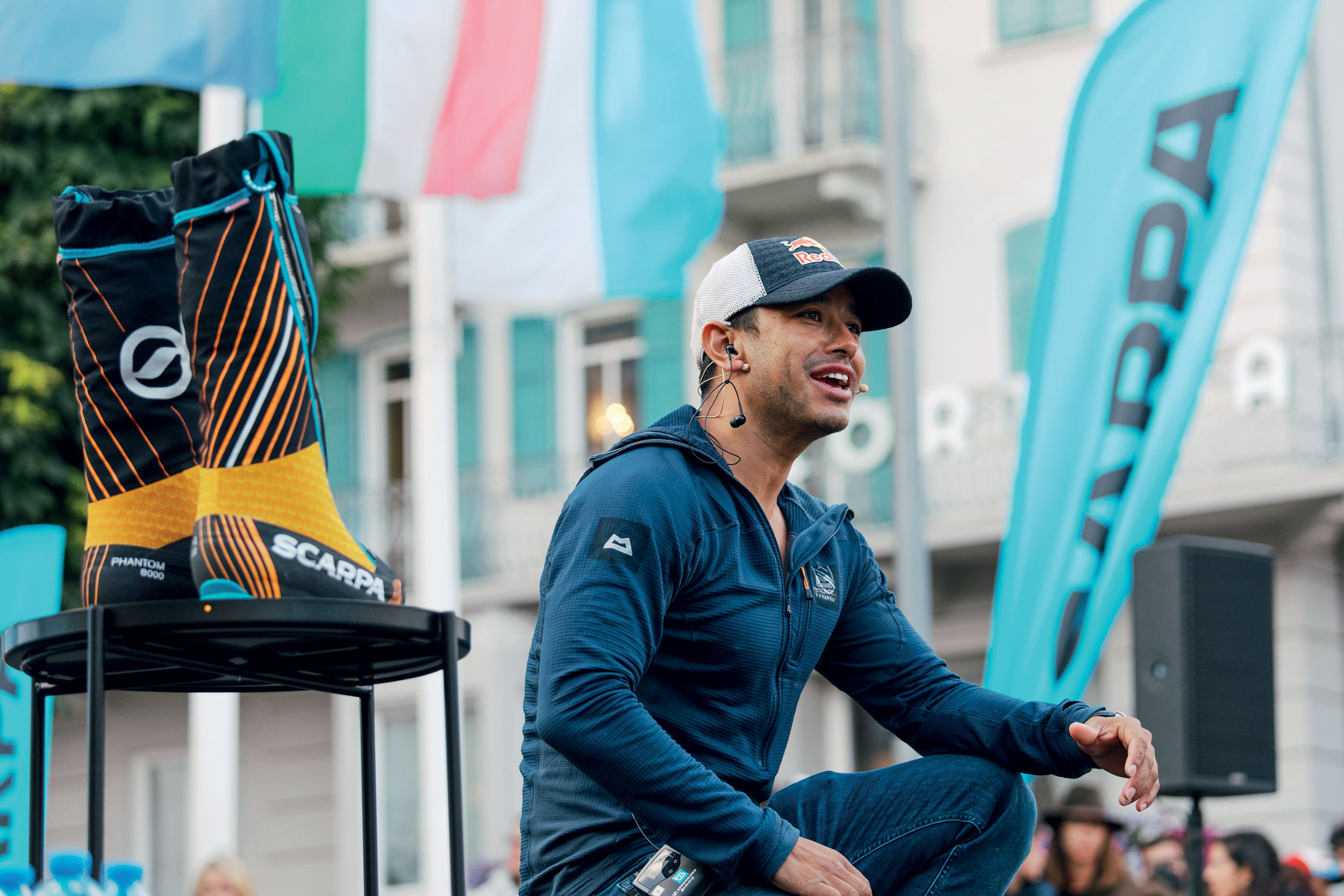
How do you turn negative thoughts into positive ones? How do you find this inner strength?
In life there are always two possible paths to take, the positive one and the negative one. When I was attempting the hour record on Everest, Lhotse and Makalu, at Camp 4 my oxygen got stolen. I could have been angry because of this or thought that my oxygen would have saved someone’s else life. As soon as I thought about that, everything changed and my newfound mental attitude gave me even more energy.
Have you ever felt afraid in the mountains?
In Nepal there is a very popular saying: if you are not afraid of dying either you are a Ghurkha or you are a liar. We are all human beings and it is normal to be scared sometimes but, as far as I’m concerned, I don’t want fears to control me, I have to control them. Once you are able to do this you will also be able to accomplish your goals.
Before leaving the stage, Nimsdai gave us a very special news, although we cannot anticipate much. But get ready for this November.
